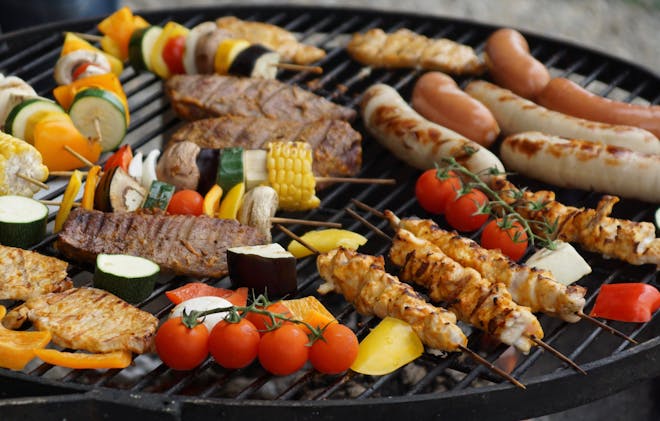Reverse Grill Mastery: The Ultimate Guide to Precision Cooking
Achieving the perfect level of doneness on your steaks is an art form, and the reverse grill method has emerged as a game-changer for backyard chefs and grill enthusiasts. This technique involves a two-step process: slow-cooking the meat at a low temperature, followed by a high-heat sear.
Understanding the Reverse Grill Technique
The key to mastering the reverse grill lies in understanding the thermal principles at play. By starting with a low-temperature environment, you allow the meat to cook evenly from edge to center. This method not only enhances the flavor but also provides better control over the cooking process, making it ideal for thicker cuts of meat.
Choosing the Right Cut for Reverse Grill
Not all cuts of meat are created equal when it comes to the reverse grill. Opt for cuts that are at least 1.5 inches thick, such as ribeye, porterhouse, or T-bone steaks. These cuts will benefit the most from the slow-cook and sear approach, as it gives the interior of the meat enough time to reach the desired temperature without overcooking the outside.
Step-by-Step Guide to the Reverse Grill
1. Preparing Your Grill and Meat
Begin by preheating your grill to a low temperature, around 225°F (107°C). While the grill is warming up, season your steak generously with salt and pepper or your preferred spices. Allow the meat to come to room temperature before placing it on the grill.
2. The Slow-Cook Phase
Place your steak on the cooler side of the grill, away from direct heat. Close the lid and cook slowly, using a meat thermometer to monitor its internal temperature. For a medium-rare finish, aim for an internal temperature of about 110°F (43°C) before searing.
3. The Searing Finale
Once your steak reaches the desired internal temperature, remove it from the grill and increase the heat to high. Allow the grill to reach a searing temperature of at least 500°F (260°C). Then, place the steak back on the grill for a minute or two on each side to achieve a caramelized, crispy exterior.
Pairing Your Reverse Grilled Steak
A beautifully reverse-grilled steak pairs well with a variety of sides. Consider serving it with grilled vegetables, a fresh salad, or a decadent potato dish. The subtle smoky flavor imparted by the slow-cook phase complements almost any side dish.
Common Mistakes to Avoid with Reverse Grill
One of the most common mistakes with the reverse grill method is not allowing the grill to get hot enough during the searing phase. This could result in a lackluster crust. Another pitfall is overcrowding the grill, which can lead to uneven cooking. Give each piece of meat plenty of space to ensure proper airflow and consistent cooking.
Mastering the reverse grill takes practice, but once you’ve perfected the technique, you’ll be rewarded with some of the most succulent and perfectly cooked steaks imaginable. Take your time, pay attention to temperatures, and enjoy the process of creating a culinary masterpiece.
